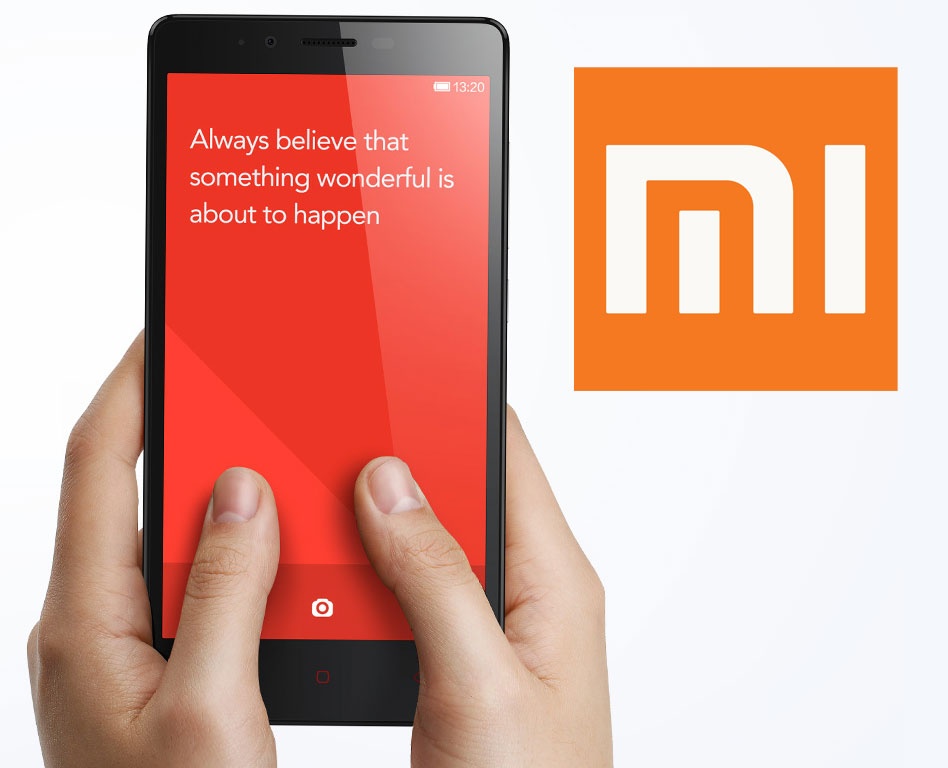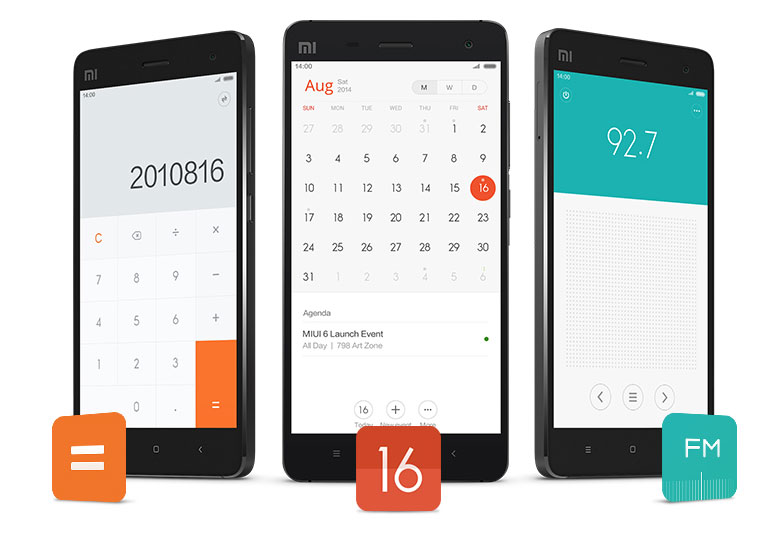Xiaomi FAQ: What You Need to Know Before You Buy
What makes this Chinese phone maker worth $45 billion and do you want a Xiaomi smartphone? We have the answers.

In the four short years since its inception, Chinese startup Xiaomi's astronomic success has made it one of the most talked-about names in tech. The company's $45 billion valuation makes it the most highly valued tech startup in the world, and it has rocketed to the No. 3 spot among all smartphone makers, according to research firm IDC.
Sold directly to consumers online, Xiaomi's devices have been praised for their performance and affordable price tags. But due to the limited availability of its devices in certain countries, you may not have heard of the company. So, what is Xiaomi? What makes the company different? Should you try to get your hands on one of its phones? If so, where? We have the answers.
What is Xiaomi?
Founded in 2010, the Chinese company began with a focus on making smartphones. It has since expanded to other consumer electronics products, such as a MI band fitness tracker, a MI Box set-top box and a 3D television called MI TV.
MORE: Best Smartphones for Your Money
The company says it aims to be transparent about the specs of its devices: the good, the bad and what it's going to improve. Xiaomi is also known for delivering good specs at affordable prices.
How does Xiaomi keep prices so low?
The electronics maker says it keeps prices competitive by selling directly to consumers via its website, cutting out the middleman and removing 20 to 30 percent of the gross margin that typically goes to retail channels. According to Xiaomi Co-founder and President Bin Lin, the company "essentially price(s) (its) phones at bill-of-materials," which keeps prices low for consumers.
Xiaomi also saves money by relying on social media for marketing. While companies such as Samsung and LG throw massive press events and launch slick, ubiquitous campaigns, Xiaomi takes to Weibo (China's Twitter) and Facebook to drum up publicity. The company also hits up forums and messaging boards to spread the word.
Sign up to get the BEST of Tom's Guide direct to your inbox.
Get instant access to breaking news, the hottest reviews, great deals and helpful tips.
How do I pronounce Xiaomi? What does the name mean?
The most accurate way to pronounce Xiaomi (in Chinese) is "see-ow me." The closest way to say that in English is "shao-mee."
In Mandarin, Xiaomi's name literally translates to "little rice." The company also notes on its website that the MI in its logo stands for "Mobile Internet" and "Mission Impossible." The latter is a reference to how the team felt about what the company set out to do (premium products at affordable prices) when it first started, saying it was "quite impossible at that time."
What can I expect from a Xiaomi phone?
Want Apple's aesthetics combined with Android's openness? Xiaomi specializes in affordable Android devices that look good, and they've been well-received by critics.
The company's products are also known for having a design that's very similar to that of Apple devices. For example, the Xiaomi MI 4 looks almost exactly like the iPhone 5s, while the MI Box streaming box looks like an Apple TV clone.
And despite the skimpy price tags, Xiaomi's devices are fairly powerful. For example, the MI 4 smartphone has a 2.5-GHz quad-core Snapdragon 801 chip, a 5-inch full-HD display and a 13-megapixel camera, all for about $380 unlocked. That's hundreds of dollars less than you'll pay for the iPhone 6 or Galaxy S5.
What is MIUI?
Pronounced "me-you-eye," MIUI is Xiaomi's custom skin that ships on all its smartphones, a la Samsung's TouchWiz. The software replaces some stock Android apps, such as Phone, Calendar, Messaging and Mail, adding more functionality to each. For instance, the Phone app in MIUI 6 will actively identify unknown numbers against a known phone number directory in China. Of course, this feature may only work in certain countries.

The Mail and Calendar apps look almost exactly like their Apple counterparts in iOS 7, as do the lock screen and floating notifications. And just as on iOS, all of your apps are laid out on the device's home screens; there is no separate app drawer.
The beauty of MIUI lies in its customizability. With Themes, you can manage exactly what your phone's interface looks like, and even skin it to look exactly like an iPhone, down to the parallax background effect. The software also gets updated every week, keeping your apps and security up-to-date.
In addition, you get more control over your security options with MIUI compared to standard Android. The operating system lets you schedule security scans to check your device for vulnerabilities and remove them. It also lets you more finely control app permissions, create and manage a block list, lock individual apps, set up a Guest Mode to keep your info private and more.
Is there any reason why I might not want a Xiaomi phone?
Because Xiaomi devices are available only in select international markets for now, they do not currently support 4G LTE networks in the United States. However, that is likely to change soon, starting with a new version of the MI 4.
How do I get a Xiaomi device in the U.S.?
While consumers in countries such as China, Singapore, Malaysia and India can order directly from Xiaomi via the Mi.com website, U.S. residents cannot. But you can still get a Xiaomi device via retailers and importers, such as Newegg and DHGate, for a small fee. Shipping a product, such as the $20 MI Band, via www.xiaomishop.com costs $22. Even after including that cost, though, Xiaomi products are still a steal.
- Which Smartphones Have the Best Cameras?
- Best and Worst Smartphone Brands
- Consider These Key Things When Buying a Smartphone
Staff writer Cherlynn Low owns an iPhone 5s. Follow her @cherlynnlow. Follow Tom's Guide at @tomsguide and on Facebook.
Cherlynn is Deputy Editor, Reviews at Engadget and also leads the site's Google reporting. She graduated with a Master’s in Journalism from Columbia University before joining Tom's Guide and its sister site LaptopMag as a staff writer, where she covered wearables, cameras, laptops, computers and smartphones, among many other subjects.
-
fatima15 2014 comes to an end, but our smartphones keep an immutable track of the days that have passed, and that through the applications we have used this year.We have our little favorite! Here are the applications that marked the year 2014!Reply
http://androidphonehub.com/apps/2014-the-best-android-apps-of-the-year/

